In the ever-evolving world of photography, mirrorless cameras have emerged as a popular choice for beginners and professionals alike. Their compact size, advanced features, and impressive image quality make them an attractive option for those looking to step into the realm of digital photography. If you’re a beginner photographer, navigating the sea of available mirrorless cameras can be overwhelming. In this guide, we’ll break down the key factors to consider when choosing the best mirrorless camera for your needs.
Understand Your Needs and Budget
Before diving into the technical specifications of various cameras, take a moment to assess your needs and set a realistic budget. Consider the type of photography you’re interested in, whether it’s portrait, landscape, street photography, or a combination of these. Your budget will play a crucial role in narrowing down the options, as mirrorless cameras come in a range of price points.
Sensor Size
Mirrorless cameras come with different sensor sizes, such as full-frame, APS-C, and Micro Four Thirds. The sensor size significantly influences image quality, low-light performance, and depth of field. Full-frame sensors generally produce superior image quality but come at a higher cost. APS-C sensors strike a balance between performance and affordability, making them a popular choice for beginners.
Consider the Camera’s Size and Weight
One of the main advantages of mirrorless cameras is their compact size and reduced weight compared to traditional DSLRs. Consider how portable you need your camera to be and whether you’re willing to sacrifice some features for a more lightweight and portable device. Smaller cameras are easier to carry around, making them ideal for travel and street photography.
Autofocus Performance
Fast and accurate autofocus is crucial, especially for beginners who may still be honing their focusing skills. Look for mirrorless cameras with advanced autofocus systems that utilize phase-detection or hybrid autofocus technology. This ensures that your camera can quickly and accurately focus on your subjects, even in challenging conditions.
Lens Compatibility and Availability
Check the availability of lenses for the mirrorless camera system you’re interested in. A diverse selection of lenses allows you to expand your photography skills and adapt to different shooting scenarios. Consider the availability of both native and third-party lenses, as this can impact your ability to grow your lens collection over time.
In-Body Image Stabilization (IBIS)
In-body image stabilization is a valuable feature that compensates for camera shake, resulting in sharper images, especially in low-light conditions. While not all mirrorless cameras have IBIS, it can be a significant advantage, particularly for beginners who may not have a collection of stabilized lenses.
User-Friendly Interface
A user-friendly interface is crucial for beginners. Look for a camera with an intuitive menu system, touchscreen controls, and a comfortable grip. A camera that is easy to navigate will help you focus on capturing moments rather than struggling with complex settings.
Conclusion
Choosing the best mirrorless camera for beginner photographers involves considering factors such as sensor size, autofocus performance, size and weight, lens compatibility, image stabilization, and user-friendly interfaces. By understanding your needs, setting a budget, and evaluating these key features, you can make an informed decision and embark on your photography journey with a camera that suits your style and preferences. Remember that the best camera is the one that empowers you to express your creativity and captures the moments that matter most to you.

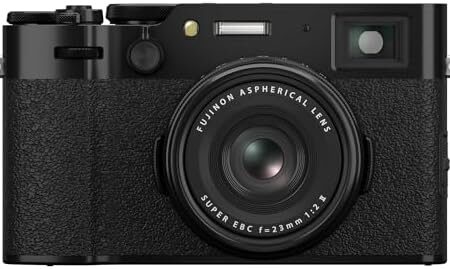
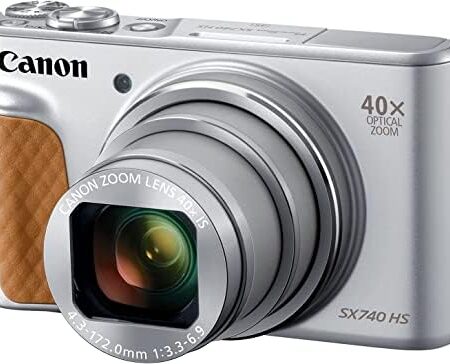
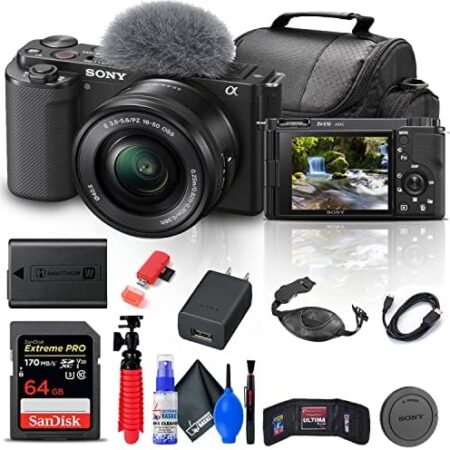
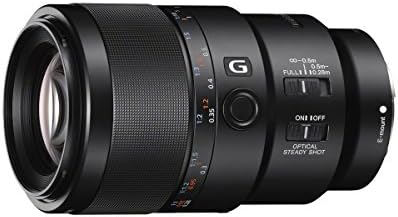
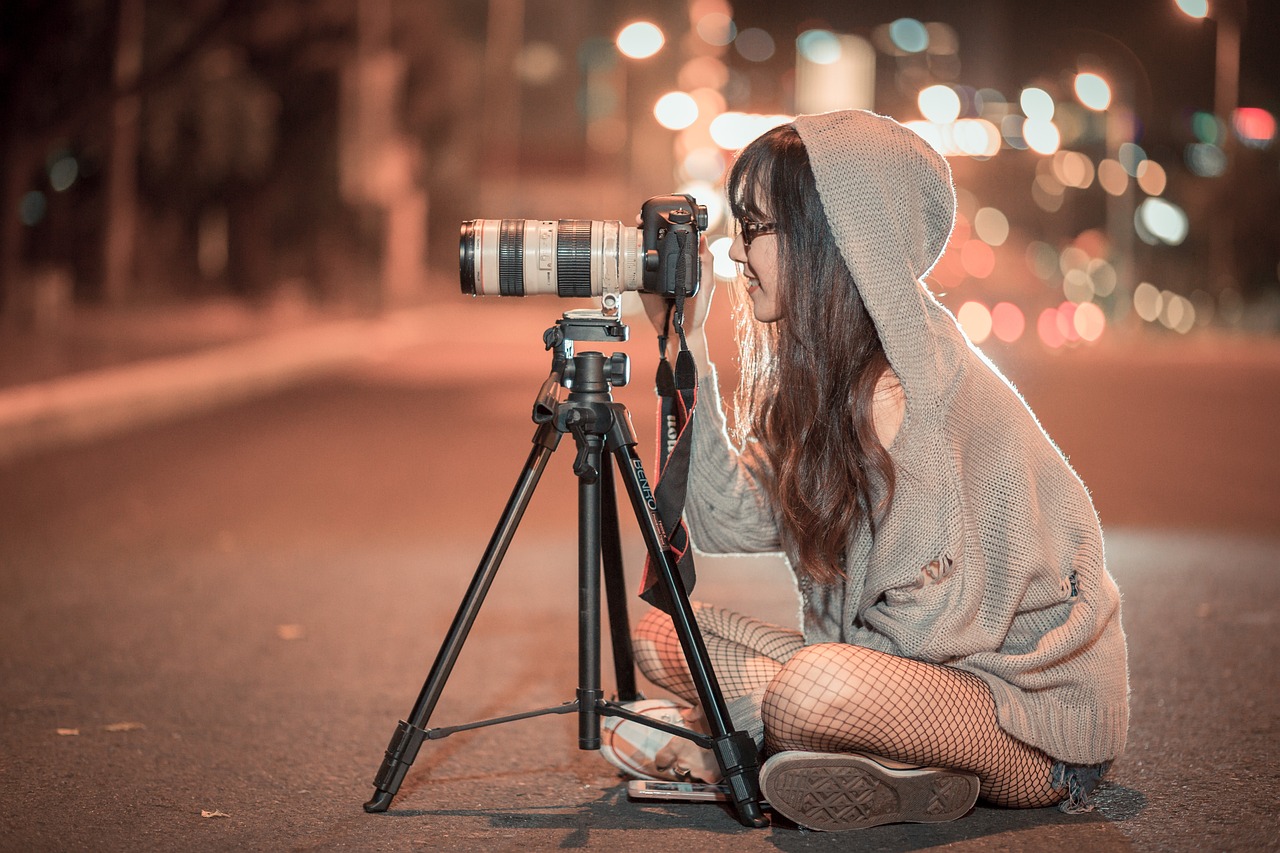

Leave a comment